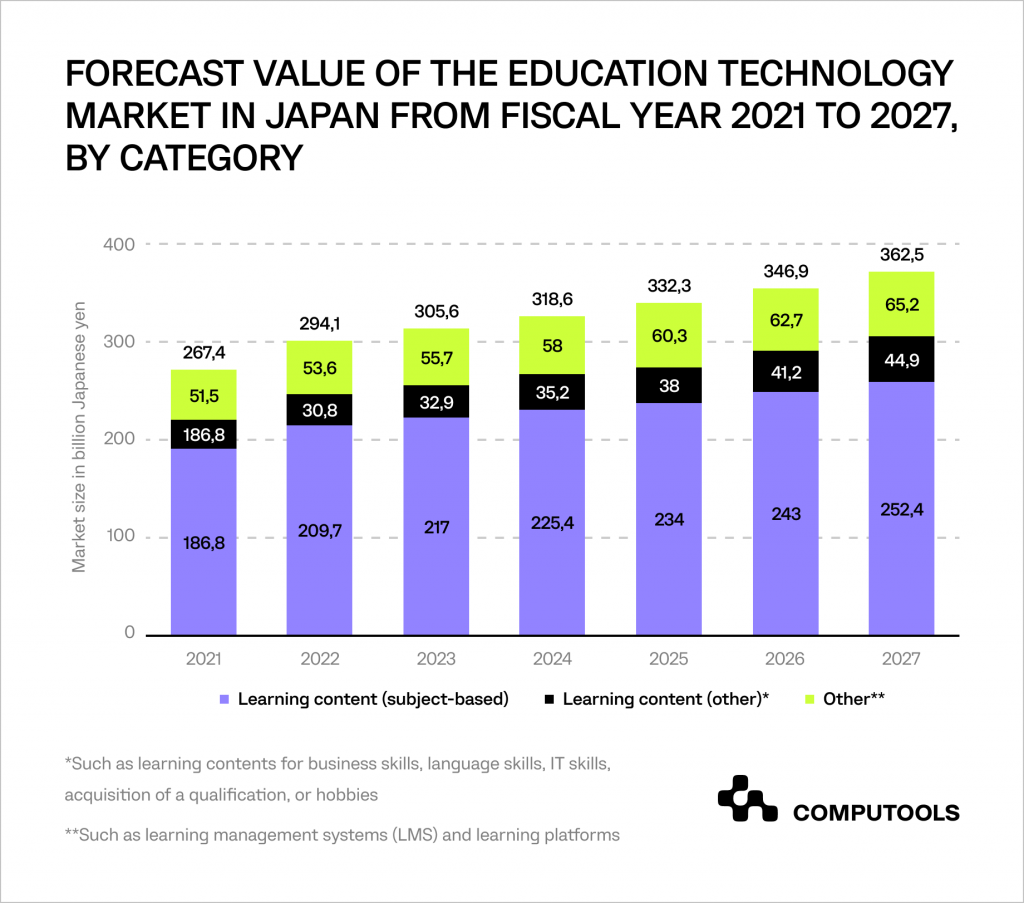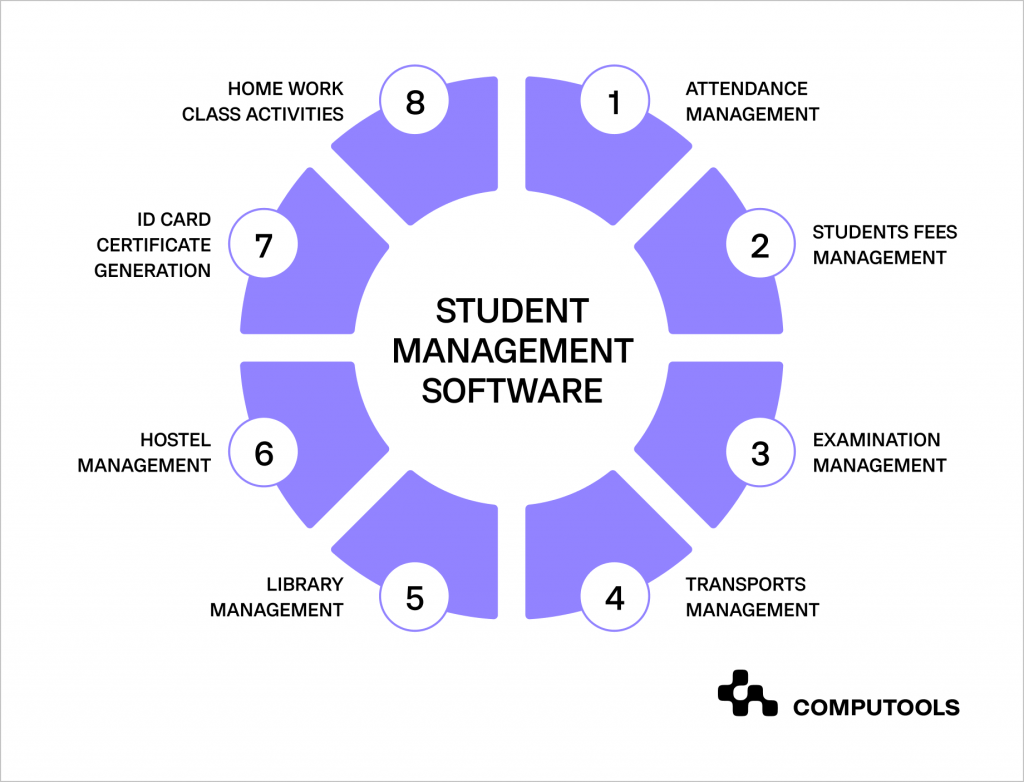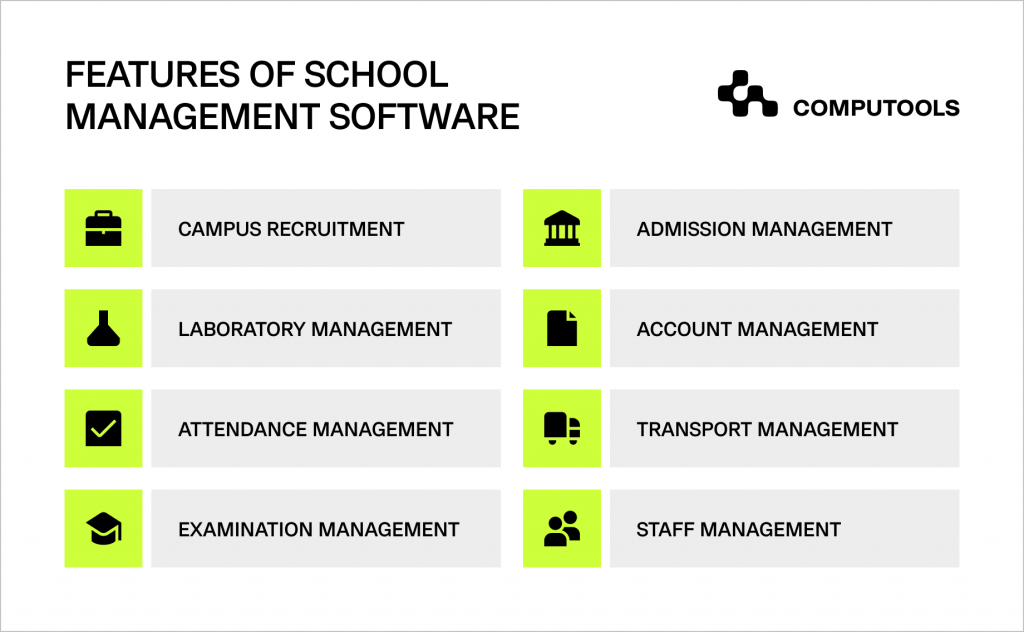Education management software has gained global popularity due to the major changes and challenges our world has faced in recent years. The COVID-19 pandemic has dramatically altered how we learn, leading to a significant transformation in education methods.
The edtech market has emerged as a powerful catalyst, enabling educational institutions to adapt to evolving student requirements and cultivate fresh skill sets without being limited by geographical barriers.
Education in Japan has long been known for its commitment to excellence and innovation. In contrast to many other nations, Japan was already transitioning to digital learning before the pandemic. Japan had achieved an internet penetration rate exceeding 90% by 2020, and this figure has remained consistently above 88% since 2013.
With a rich cultural heritage and a strong emphasis on education, Japan has seamlessly blended its time-honoured academic values with modern technological advancements. In 2019, the Japanese government launched the Global and Innovation Gateway for All (GIGA) school programme to cultivate information literacy among children.
The programme, accelerated by the impact of the global pandemic, made substantial progress in furnishing primary and middle schools with computer devices and high-speed internet connections. As of 2021, almost every school in Japan began offering a learning environment where every student had an ICT (Information and Communications Technology) device.
Today, the education market in Japan is experiencing even more remarkable growth, driven by the rise in digitalisation and the widespread use of e-learning platforms. Statista’s data shows that the edtech market in Japan is expected to reach an approximate value of 362.5 billion yen (approximately USD 2.4 billion) by the year 2027.

The expansion of edtech in the Japanese market is shaped by a blend of economic and social factors.
Economically, Japan’s investment in education technology is driven by the need to remain competitive in the evolving global economy. Edtech can reduce the need for physical infrastructure, such as classrooms and textbooks, making education more accessible.
The pressing need to create a workforce proficient in technology is another significant motivator. Employers are now actively searching for candidates with digital expertise, requiring the education system to adapt to these needs.
From a social perspective, the declining birthrate and ageing population have put pressure on the traditional education system. Edtech trends offer a means of addressing the challenges of providing quality education to a shrinking student population.
In this article, we delve deeper into the current state of education in Japan and explore the concept of software for educational institutions, unveiling its key advantages in the learning process. Keep reading to stay informed of the latest developments in the digital education realm.
Understanding Education Management Software in Japan: What You Should Know
Education management software (EMS) is a program designed for gathering, processing, organising, and presenting data within an educational institution. This tool serves administrators, teachers and students by facilitating various academic and managerial activities, including collaboration, monitoring attendance, aiding student learning, enhancing productivity and bridging educational gaps.
EMSs vary widely in their forms and sizes, operating at different levels – from individual student-focused applications to comprehensive educational management systems for educational institutions.
We can distinguish the following types:
• Student Management System: concentrates on student-related activities. It includes functions for student enrollment, attendance tracking and communication. This system also manages student records, allowing easy access to academic histories and personal information.
• School Management System: covers the broader administrative aspects of educational institutions. It oversees tasks related to finance, human resources, facility management and communication. This system assists in managing staff information, payroll, budgeting and facility bookings.

Let’s look at some examples to grasp the concept of EMS better.
Learning platforms such as Moodle or Adobe Learning Manager are illustrative of EdTech innovation. These digital apps enable content delivery, student interaction and course creation. Such EMS solutions promote collaborative learning, offering centralised access to materials and simplifying administrative tasks.
Online education and virtual classrooms represent another significant edtech advancement. Platforms like Coursera and Skillshare provide students with access to a wide range of classes, allowing flexible learning schedules and self-paced education.
Educational apps are also prevalent in edtech. Apps like Duolingo and Busuu offer tailored learning experiences, quizzes and exercises, enhancing language learning, test preparation, and early childhood education. These apps make learning more personalised, accessible, and engaging.

Computools
Software Solutions
Computools is an IT consulting and software engineering company that delivers innovative solutions to help businesses unlock tomorrow. Our clients represent a wide range of industries, including retail, logistics, finance, healthcare, and others.
Most Popular EdTech Trends in Japan
When discussing the primary edtech trends in the Japanese educational system, it’s worth noting the innovative approaches and solutions that are shaping the future of education in the country:
• Mobile Learning Platforms: Offer convenient and accessible ways for students to engage with educational content anytime, anywhere.
• Gamification: Improve student engagement by incorporating game-like features into learning activities, making the educational experience more interactive.
• Virtual and Augmented Reality: Allow students to explore virtual worlds or interact with 3D models.
• Artificial Intelligence Mechanisms: Analyse students’ learning patterns, provide personalised content, and create customised learning experiences.
• Online Tutoring Platforms: Connect students with tutors and language instructors, enabling personalised, one-to-one learning experiences.
• Collaborative Learning Tools: Facilitate collaborative learning, allowing students to work together on projects and assignments in real-time, promoting teamwork, communication skills and a sense of community among students.

Challenges in Implementing Education Management Software: Solutions and Strategies
Education Software Engineering has fundamentally transformed the field of education, benefitting both students and teachers. However, like any disruptive innovation, educational technology comes with its challenges.
Let’s explore the significance of EMSs in the teaching and learning process, considering potential risks and solutions:
1. Problem: Budget Constraints
Implementing an EMS often faces a major challenge in terms of budget limitations. Each school and university has its budgetary framework, making it important to assess the financial resources available.
Solution: Detailed Budget Planning and Cost Analysis
Institutions need to conduct thorough cost analyses and budget planning to ensure that the chosen EMS aligns with their financial capacities. By accurately assessing the costs involved, including implementation and installation, schools and universities can make informed decisions.
Collaborating with the providers of education management software in Japan that offer customisable packages and affordable solutions can help address the affordability issue.
2. Problem: Security Concerns and Data Privacy
With sensitive student and administrative information being stored digitally, schools and universities face the challenge of ensuring robust cybersecurity measures to protect against potential breaches and unauthorised access.
Solution: Stringent Security Protocols and Compliance
Institutions must adopt stringent security protocols, including encryption, access controls and regular security audits, to safeguard sensitive data. Partnering with custom Software Engineering providers that prioritise data security and adhere to international standards can mitigate these concerns.
3. Problem: Data Migration Challenges
Migrating crucial data to the new system is another significant hurdle in EMS implementation. Ensuring accurate data transfer is paramount, particularly concerning student admissions, attendance records, fee collections and student report cards.
Solution: Comprehensive Data Analysis and Verification
Institutions must conduct a meticulous analysis of their data, prioritising essential information for migration. Careful verification processes should be in place to guarantee the accuracy of the transferred data. This involves careful consideration of which data needs to be transferred and validation processes to ensure data integrity.
4. Problem: System Integration
The reliance on web-based EMSs requires stable internet connectivity. Ensuring seamless integration with existing software systems is a crucial concern for educational institutions.
Solution: Stable Internet Connectivity and Technical Support
Schools and universities should invest in reliable internet connections to support the web-based EMS. Furthermore, working closely with EMS vendors that offer consistent integration support ensures that the new system works well with the institution’s existing software infrastructure, minimising compatibility issues.
5. Problem: Training Staff
The success of an EMS relies hugely on how staff, including teachers and administrators, can use the system. Proper training is essential to ensure all users can maximise the system’s capabilities effectively.
Solution: Hands-on Training and Ongoing Support
Providing hands-on training sessions for all staff members, including teachers, ensures they can navigate and utilise the EMS proficiently. Collaborating with partners who offer dedicated technical teams and continuous support guarantees that any issues encountered are promptly addressed, ensuring a smooth transition and effective usage of the system.
6. Problem: System Downtime and Technical Glitches
Technical issues and system downtime can disrupt regular operations, affecting teaching, learning and administrative tasks. Unplanned downtime or frequent glitches can lead to frustration and loss of productivity.
Solution: Reliable Technical Support and Regular Maintenance
Selecting EMS providers offering 24/7 technical support ensures quick resolution of issues, minimising downtime. Regular system maintenance, updates and proactive monitoring can prevent potential glitches and enhance the system’s overall stability.
Benefits of Education Management Software in the Education Sector
In an ever-evolving Japan, the integration of educational technology has become a cornerstone in addressing a range of challenges faced by schools and universities. From attendance tracking to managing after-school activities, the hurdles that once consumed lots of hours and resources can now be efficiently overcome thanks to EMS.
This comprehensive tool not only streamlines administrative tasks but also enhances communication between teachers and parents, elevates teaching methodologies and transforms the overall learning experience.
Let’s explore the benefits of education management software in Japan together:
1. Attendance Tracking: Traditional attendance tracking methods often lead to inefficiencies. EMSs simplify this process, ensuring accurate attendance records, thereby allowing educators to focus on teaching rather than administrative tasks.
2. Homework: Managing assignments and homework is simplified through EMS. Teachers can digitally organise and track students’ tasks, ensuring a seamless learning experience and fostering student engagement.
3. Automated Grading and Record-Keeping: With EMS, teachers can assign grades, automating the calculation and recording of students’ academic performance. Freed from the burden of manual grading, teachers can dedicate more energy to personalised feedback, one-to-one discussions, and tailored teaching strategies.
4. Student Data Management: Digitised student data management eliminates the need for cumbersome paperwork, enabling swift access to crucial information. This aids educators in identifying students who require additional support.
5. Parental Communication: EMS facilitates instant communication between administrators and parents. Timely notifications and reminders ensure efficient issue resolution and active parental involvement in a child’s education.
6. Event Management: Planning events is streamlined with EMS, enabling schools and universities to efficiently organise activities, track deadlines, and manage volunteer sign-ups, ensuring successful events without administrative hassle.
Final words
Modern Japan is a trendsetter in the realm of edtech. Innovative and consistent educational technologies are not just making learning convenient, they’re also fostering creativity and problem-solving skills among students.
By embracing transformative trends, education Software Engineering and innovative approaches, Japan is preparing its students for a future where learning knows no bounds, creating a world of endless possibilities in education.
Contact info@computools.com for more information about EMS development.









“Computools was selected through an RFP process. They were shortlisted and selected from between 5 other suppliers. Computools has worked thoroughly and timely to solve all security issues and launch as agreed. Their expertise is impressive.”